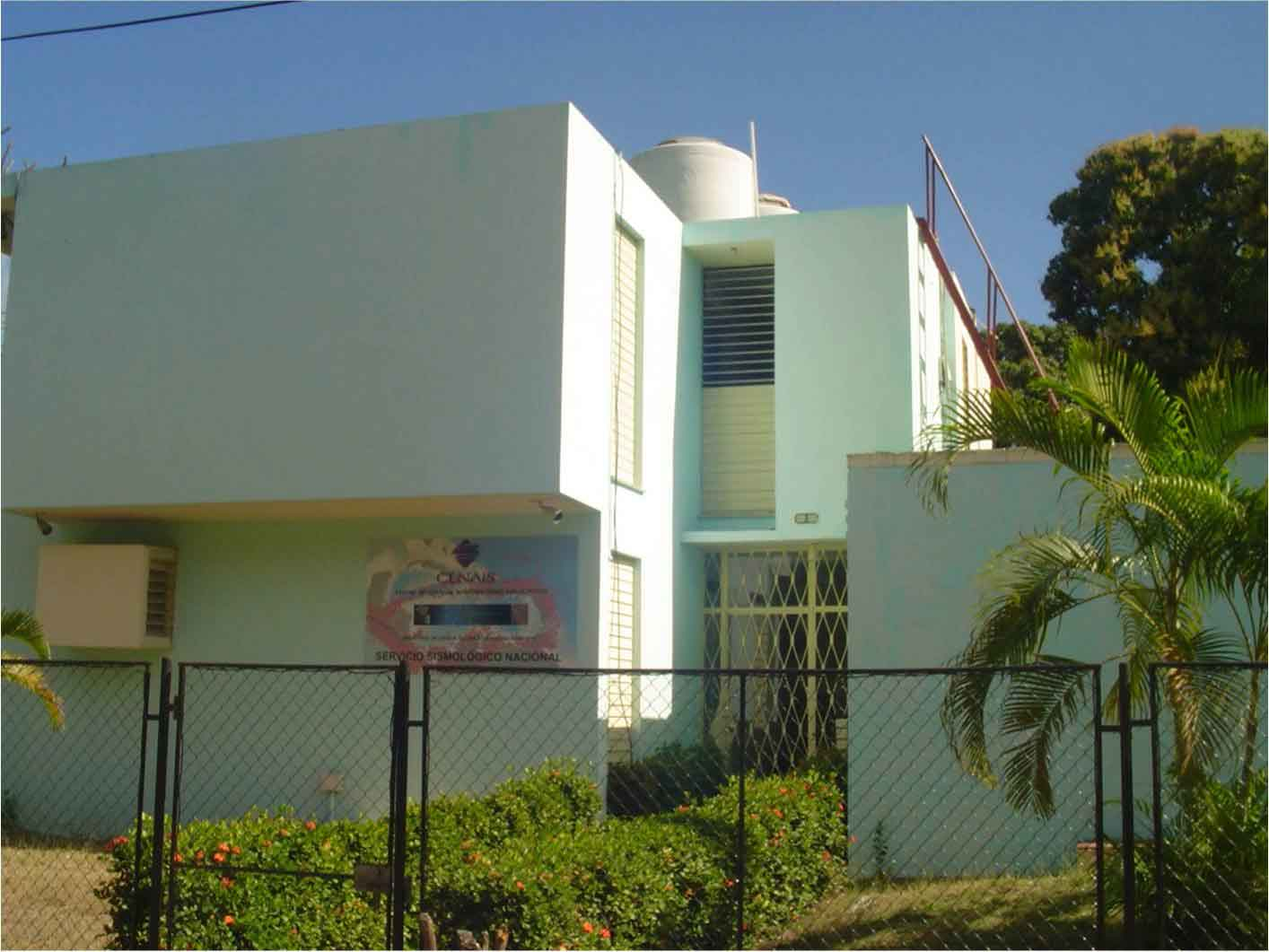Cuba is working to complete the network of seismological stations, which is currently made up of 24 stations.
Enrique Arango, head of the National Seismological Service, told the press that the strategy of having a seismic monitoring network in the country will be completed with the installation in the south of the province of Pinar del Río of a station whose equipment is planned through an international project.
Arango clarified that once the network is complete, will make it easier to record any earthquake that occurs in Cuba and determine with much more precision parameters such as epicenter, depth, magnitude and coordinates.
He emphasized the notable improvement in seismic danger calculations, due to the more precise study of the sequences of tremors that occur, and the monitoring of an active fault, to alert the authorities in time so that measures can be taken to avoid loss of human lives and minimize material damage.
According to Arango, the network of Cuban seismological stations contributes to the international real-time seismological monitoring system because they are interconnected, which allows the National Center for Seismological Research to obtain alerts about earthquakes that occur in the world. Other countries also receive data on seismic movements of importance in Cuba.
Moreover, the network contributes to the tsunami warning service, not only in Cuba, but in the entire Caribbean area.


